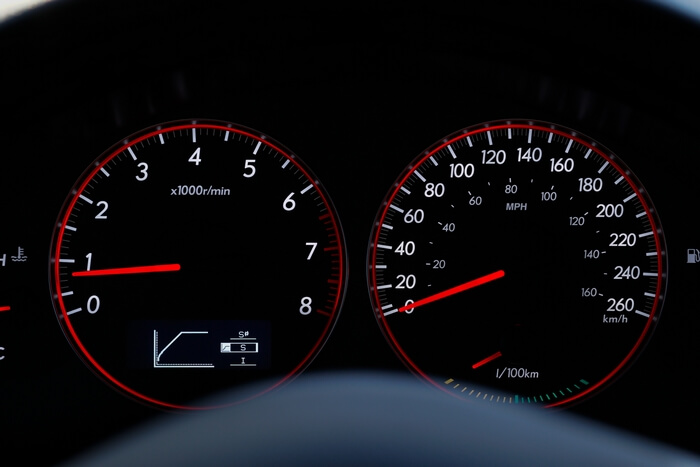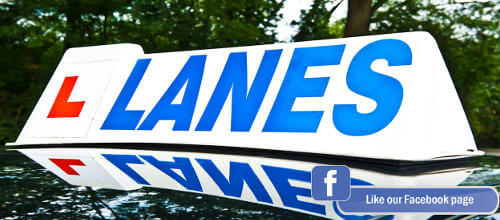
Have you ever wondered why speed limits are set at the levels they are at and why different limits apply to different types of roads? Why there are differences between single and dual carriageways, urban and rural roads, and why temporary limits are sometimes introduced? More recently, we have been seeing the introduction of lower speed limits in urban areas and city centres which some drivers welcome, while others find frustrating. We take a closer look at speed limits this month – what they are, how they are set, and the rationale behind them.
What are the speed limits?
As a refresher, the national speed limits for cars and motorcycles are as follows:
- Built-up areas: 30 mph
- Single carriageways: 60 mph
- Dual carriageways: 70 mph
- Motorways: 70 mph
There are exceptions where speed limits are different locally. The most frequently occurring ones are reduced limits in cities to 20 mph and single carriageways to 50 mph.
What is considered when setting a speed limit?
There are a wide variety of factors that are taken into account when the highways authorities and local councils set speed limits. Highways authorities, such as Highways England, are responsible for trunk and strategic roads (for example, motorways and A-class roads), while local authorities have responsibility for local roads, such as B-class roads.
When setting a speed limit, or altering it from an existing limit, they will consider the following:
- History of collisions. They will look at the types of collisions that have occurred in the past, their severity, frequency, and causes.
- The geometry of the road and its engineering design. For example, this will include consideration of the number of bends, the sightline ahead, the number and types of junctions, and the presence of safety barriers.
- Road function. In other words, whether it is a strategic or local road, and whether there is a lot of through traffic.
- Composition of road users. They will take into account the types of road users – i.e. vehicles, motorcyclists, cyclists, pedestrians, etc. Also accounted for is the existing and potential vulnerability of users, such as pedestrians and cyclists.
- Existing traffic speeds, either on a specific road or in the vicinity of a new road.
- Road environment. This includes both the level and type of road-side development – e.g. shops and residences – as well as the potential impact on residents through noise, air quality, or severance effects.
- Street lighting. Applicable to more urban, residential areas the presence of street lighting allows for the speed limit to be set at 30 mph. However, where there are high numbers of pedestrians or cyclists, local authorities can reduce this to 20 mph even when there are streetlamps placed no more than 200 yards apart (the minimum set out in the government’s guidance).
Keep in mind
It is important to remember that speed limits are not goals to be reached, but a top limit of how fast you should be driving on that particular road. The limit should be well signposted, and you should also keep a look out for any changes to the speed limit, for example near schools where it may be reduced for a section of road. It’s also important to remember that going too slowly can also be dangerous – if the limit is 60 mph you could be driving dangerously if you are going at speeds of 30 mph.
Want to know more about speed limits or looking for a driving instructor? This is what we are here for at Lanes School of Driving. We have been helping people stay safe on the road for over 100 years. Let us help you too! Get in touch with us on 020 8166 5678.

